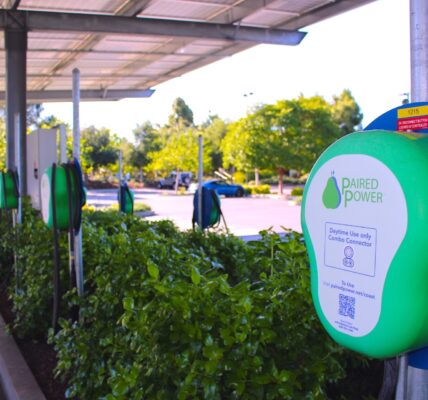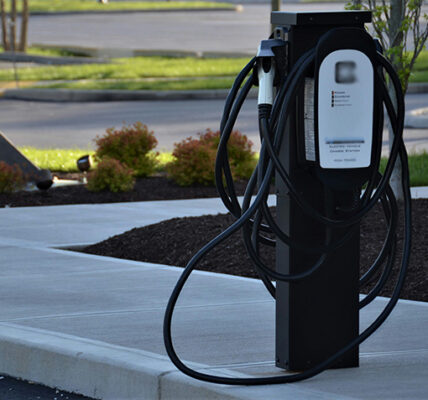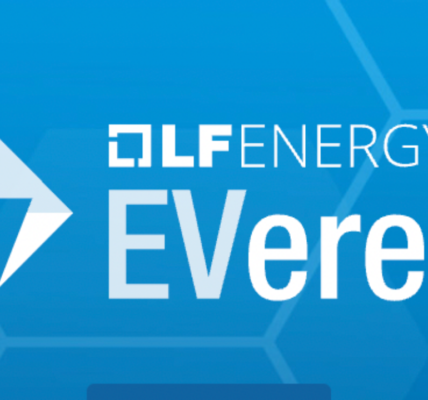Quasar 2 is a next-generation 11.5kW bidirectional charger that will enable EV owners to charge and discharge their electric vehicle to power their home, vehicle-to-home (“V2H”) or send energy back to the grid, vehicle-to-grid (“V2G”). A Kia EV9 can hold between 76 and 100kWh of energy, over 5x the amount of energy of a standard 13.5kWh home storage system, and power a typical household energy consumption for up to four days, removing the need for expensive home energy storage systems.
In case of a power outage, Quasar 2’s Power Recovery Mode automatically switches the user’s power source from the grid to their vehicle to allow a homeowner to use their EV battery as an emergency generator. This type of backup service is becoming not only increasingly important, but crucial, given the sheer volume and duration of power outages in the US. Last year, California alone witnessed 39 power outages and more than 414 hours of total outage time. Across the U.S., unforeseen power outages cost the U.S. economy $150 billion annually.
“We’re excited to work with Kia America toward our shared vision for accelerating electrification and transforming how we harness and interact with energy,” said Enric Asunción, CEO and co-founder of Wallbox. “Bidirectional charging can offer long term benefits to users, grid operators, utilities and will accelerate the transition to renewable energy sources. When combined with an EV capable of bidirectional charging, such as Kia’s advanced EV9, Quasar 2 offers one of the most functional and affordable home energy management solutions on the market.”
Wallbox estimates that Quasar 2 can offer users yearly energy bill savings of over $1,000* when combined with utility Demand Response programs and time-of-use utility rates. By taking advantage of time-of-use utility rates in the U.S., users can enhance the impact of V2H technology by scheduling charging sessions at times when energy prices are low and discharging their car to power their home when prices are high. Users who have solar panel installations can also store excess solar energy in their EV during low usage periods and then harness this energy at another time, including peak periods, to reduce their reliance on the grid and accelerate the uptake of renewable energy.








